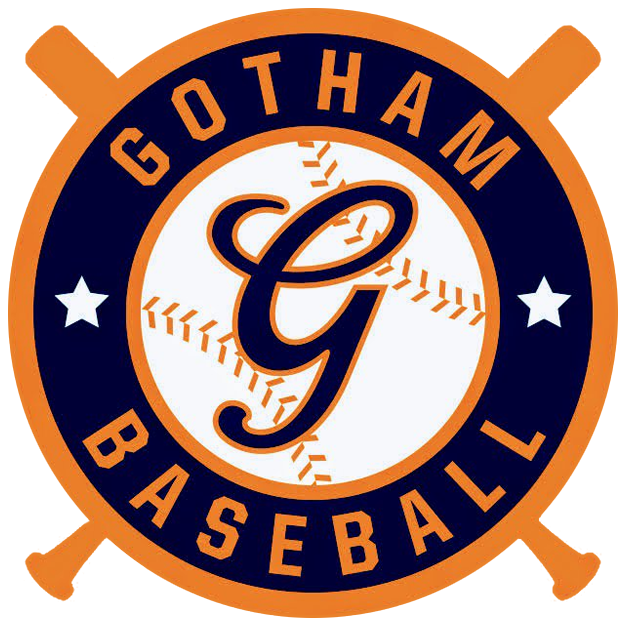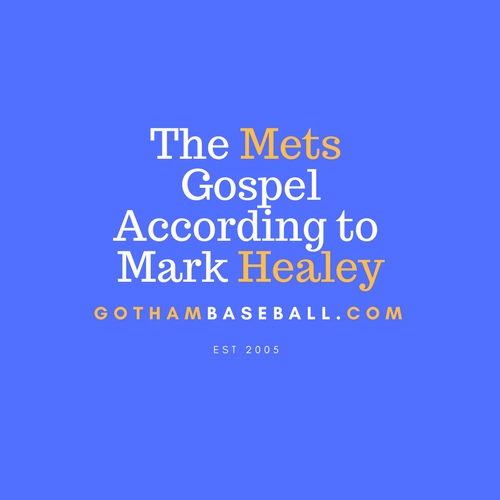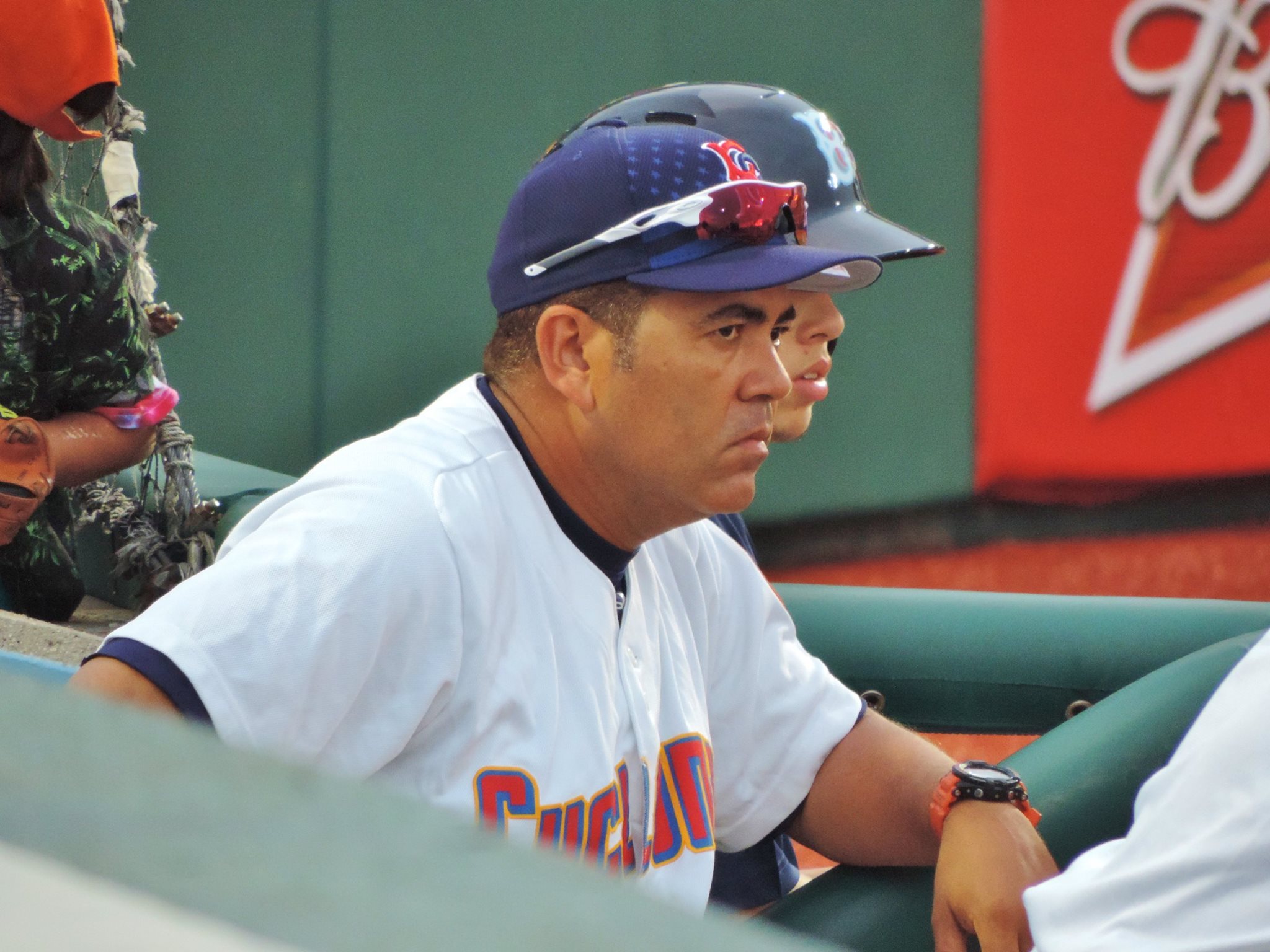I was working at my first job in radio in 1996, producing the morning drive show WSTC in Stamford. CT, when the Mets decided to fire Dallas Green and replace him with Bobby Valentine.
This was a very big deal in Stamford, (even if it was a Yankees town): because as S.L. Price once wrote in Sports Illustrated, Bobby Valentine was the big Kahuna:
Valentine won a national ballroom dancing title at 14, a pancake-eating contest at 18, and in the downtime between becoming a baseball legend and winning the state’s 60-yard dash title, he also became one of the most sought-after football players in Connecticut history. He scored 53 touchdownsfor Rippowam High and was named all-state three times–a distinction still unmatched. “If anyone has a chance to be the next O.J. Simpson,” USC coach John McKay said at the time, “it’s Valentine.”
Well, that quote meant a very different thing in the late 1960s.
Fast forward to August 27, 1996, the day Valentine took over a Mets team that had struggled under Green, posting a 59-72 at the time of the firing. Mets fans were aware of Valentine because he had once played for them, and was also the team’s third base coach in 1984-85.
Joe McIlvaine, then the Mets’ general manager, fired Green — in part — because of the way the pitching staff had been handled. Pitching coach Greg Pavlick was also let go, and Valentine’s AAA pitching coach Bon Apodaca came to Shea Stadium along with him.
Generation K, as the trio of Bill Pulsipher, Jason Isringhausen and Paul Wilson were dubbed, had been broken, and Bobby V was being brought in to fix them.
Before he was fired, Green had lashed out at Wilson and Isringhausen, saying they didn’t belong in the majors. Maybe they didn’t, maybe they had been rushed to the majors by ownership or the front office for marketing “Generation K” in an effort to sell tickets.
Though the Mets would finish with a 78-84, Valentine changed the culture, and assisted by Apodaca, Valentine re-tooled the rotation and the bullpen and the result was an incredible turnaround. For the first time since 1990, the Mets finished the regular season with a winning record with almost the identical roster from the year before.
The two biggest contributors to the 1997 team were newcomers; first Baseman John Olerud — acquired from the Blue Jays — a Triple-A starting pitcher who was reviled in the clubhouse because he was a replacement player during the 1995 lockout.
Reed had spent the entire 1996 season with Triple-A Norfolk, pitching solidly for manager Bobby Valentine. He was given a chance to make the Mets during the spring of 1997 and so impressed Valentine, who was now the manager of the big club, that Reed was named the Mets’ fifth starter to begin the season. … Reed went on to have a splendid year in 1997, finishing sixth in the National League with a 2.89 ERA and third in the NL with a 1.04 WHIP. His performance on the field even helped earn him the respect of his teammates.
Based on the current rotation and bullpen, and the lack of any attention given to either — save the addition of Anthony Swarzak — perhaps the Mets are counting on new manager Mickey Callaway and pitching coach Dave Eiland to infuse the pitchers with the same results as Valentine and Apodaca did more than 20 years ago.
The difference is, of course, that Bobby V and Dac had a full year of working together in the minors to evaluate things, while Callaway and Eiland are brand new to the Mets organization. While they are not brand new to each other — Callaway and Eiland were once teammates with Tampa Bay — they will be working together for the first time.
Everyone seems to be very high on Callaway, and while I like the hire, I am concerned with a few things; he’s coming from the American League, it’s his first job and this front office has way too much influence on the every day operations of the team. Will he be able to actually be a manager, or will he and Eiland be co-pitching coaches with the front office setting the lineup every day?
Bobby and Dac did what they did because they had a lot of freedom to institute a new culture. Even with good results rubbed a lot of people the wrong way. The result was five straight winning seasons, two playoff appearances and a pennant (though Dac was cut loose during a Steve Phillips power play in 1999).
Let’s hope Callaway and Eiland and the rest of the coaching staff can get better results with a group that failed so miserably the year before. Maybe Callway’s love train can be a 2018 Valentine to the fan base.
Brian Wright, author of the upcoming “Mets in 10s” joined me on the GB Live podcast to talk about his book, the recent Queens Baseball Convention and the 2018 New York Mets. – http://tobtr.com/s/10541377


